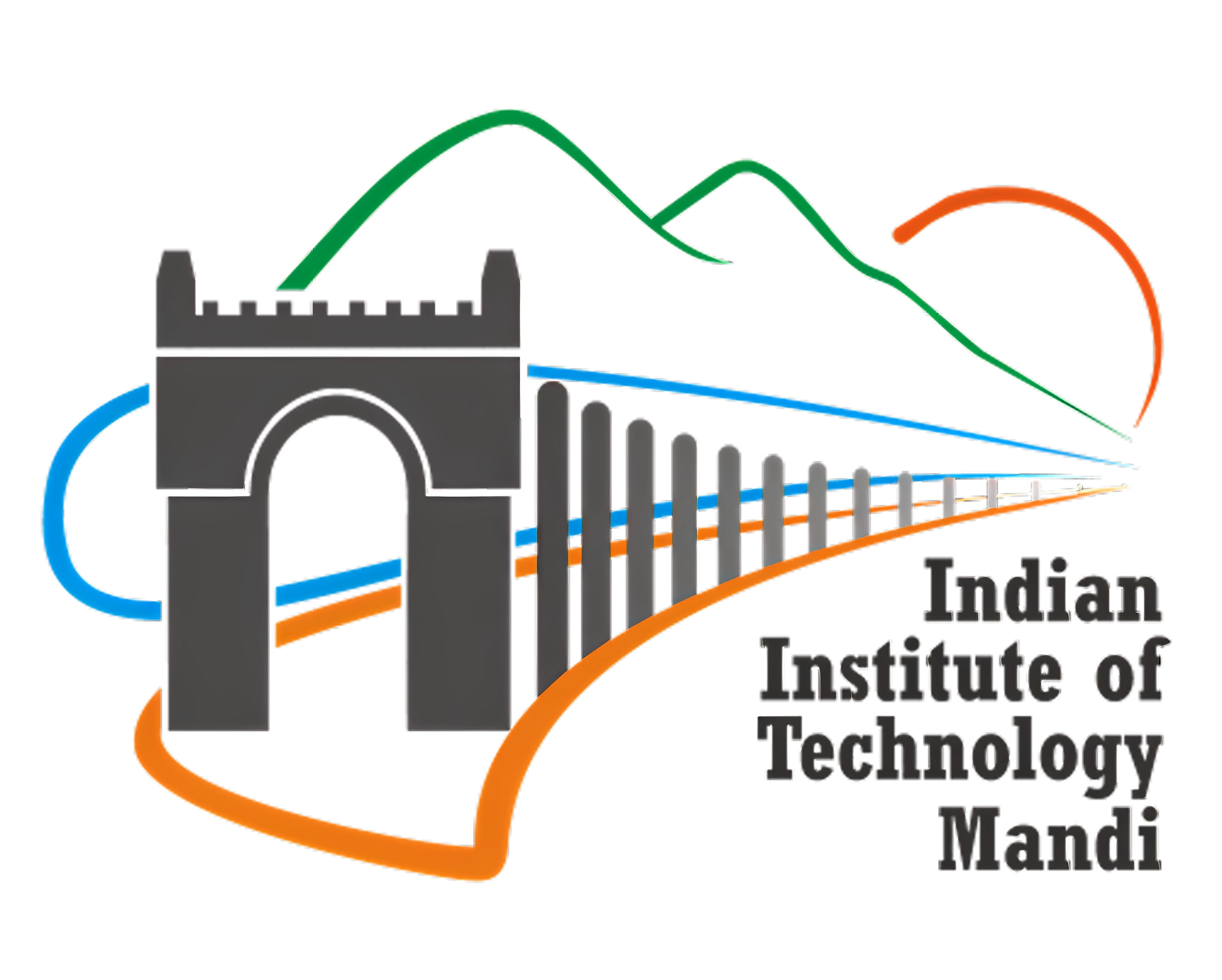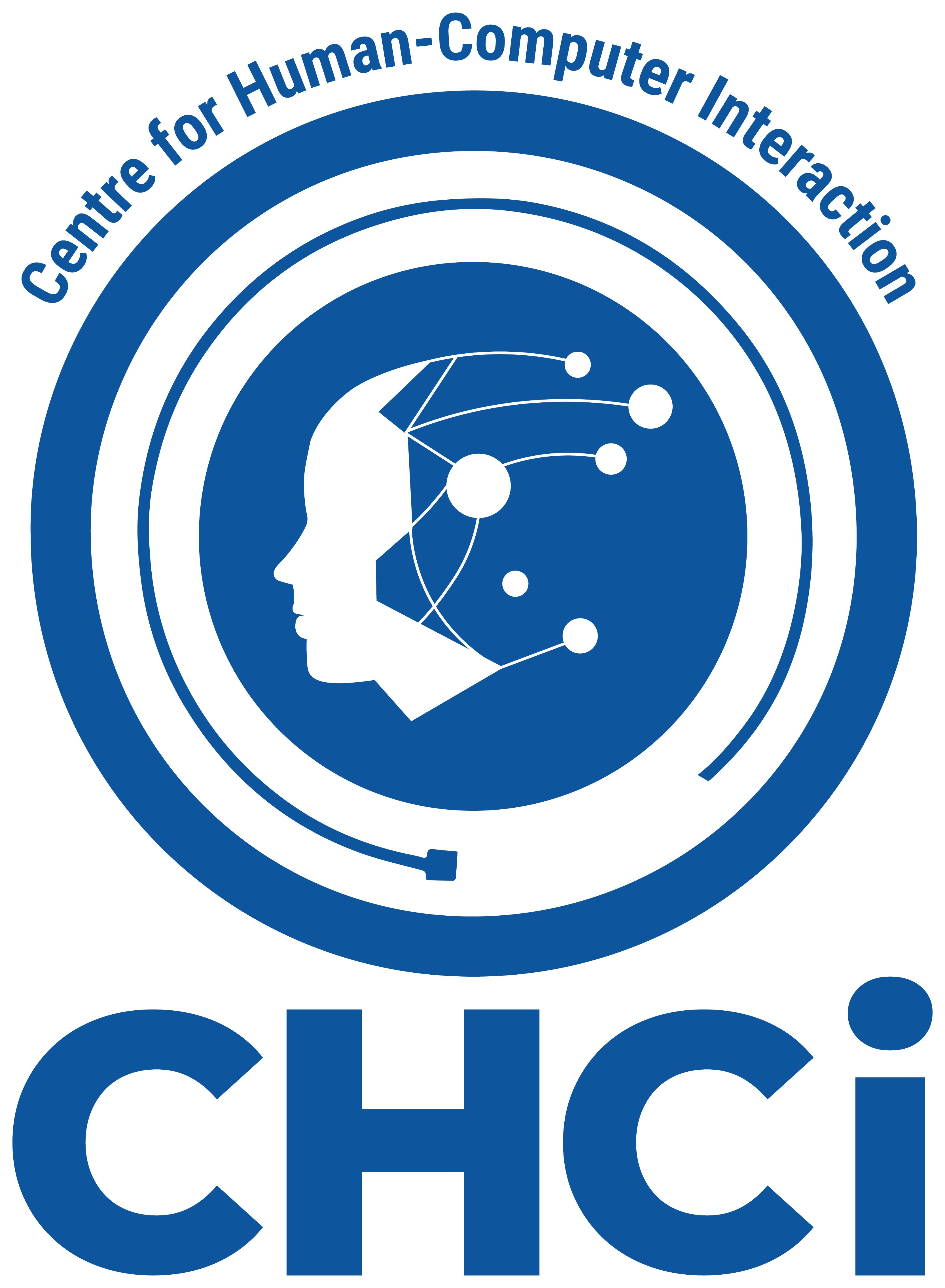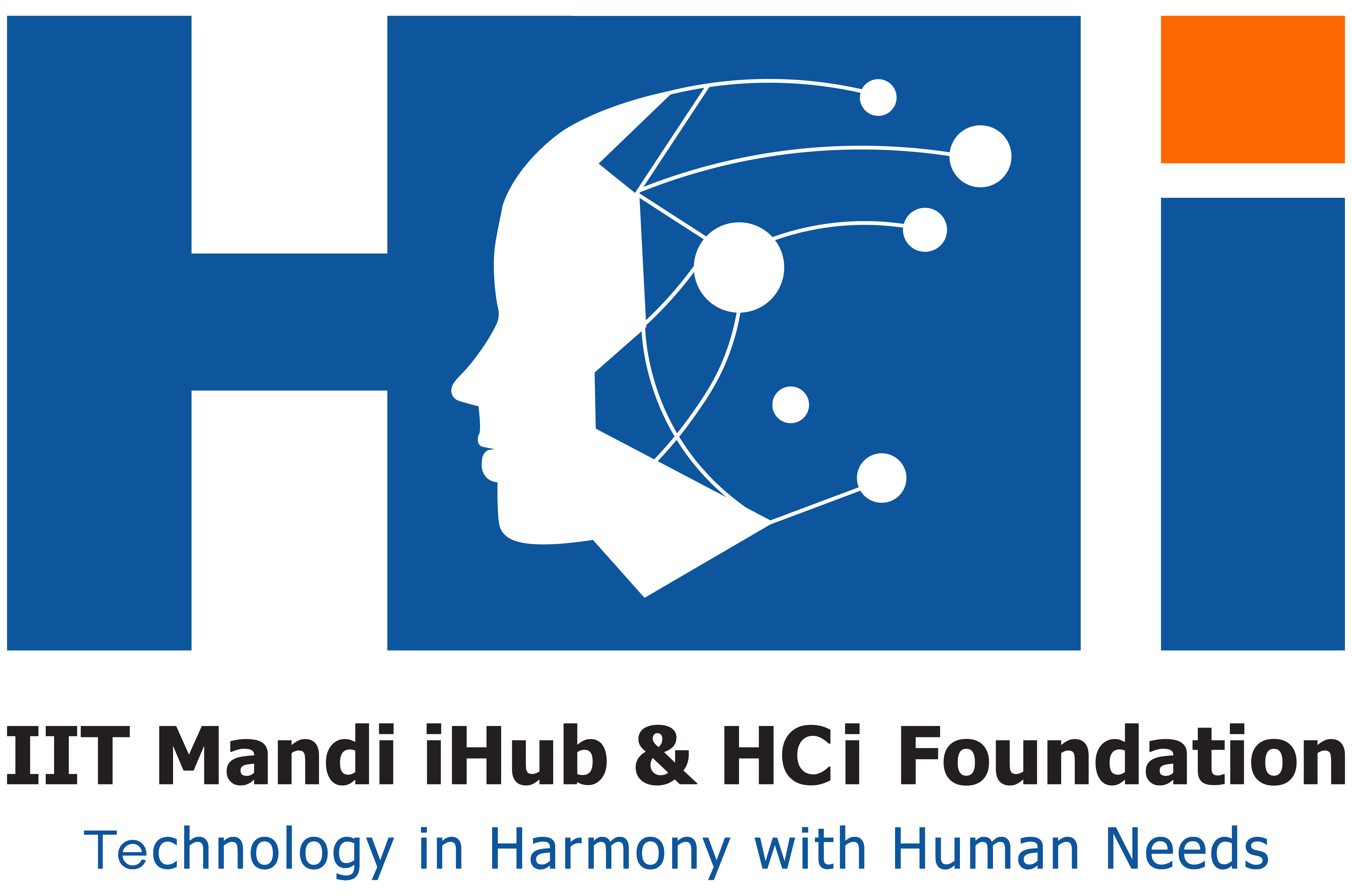Article by Mr. Somjit Amrit,CEO, IIT Mandi iHub & HCi Foundation Fostering Impact: From Translational Research to Technology Diffusion
Report this article
IIT Mandi iHub and HCi Foundation
IIT Mandi iHub and HCi Foundation
The Innovation Hub (TIH) on Human-Computer Interaction ⢠IIT Mandi ⢠DST - Government of India
Published May 13, 2025
+ Follow Our Mission: Championing Translational Research As a Category A Technology Innovation Hub funded by the Department of Science and Technology, our core mission is to champion "Translational Research." This pivotal activity focuses on translating laboratory discoveries into tangible, real-world applications, effectively bridging the gap between research and practical use (e.g., in clinical practice or industry). This is also known as Applied Research or Research Commercialization.
The Human-Centred AI (HCAI) Race: Innovation vs. Widespread Diffusion A significant debate currently preoccupies technology policymakers: is it more critical to develop superior Artificial Intelligence (AI), or to be the first to harness its power effectively? This has brought the concept of "Technology Diffusion" to the forefront. Analysts increasingly suggest that the true winner of the AI race may not be the country inventing the most advanced models, but rather the one where governments, businesses, and citizens integrate AI at scale into daily life.
Various reports attempt to rank countries on AI innovation and adoption, but their conclusions can be ambiguous:
Reports from entities like the IMF (âAI preparedness indexâ), Goldman Sachs, and McKinsey often place the USA ahead of China. However, these may be skewed by difficulties in obtaining comprehensive AI adoption data from China or by metrics like AI sales figures that might exaggerate America's lead (e.g., overlooking the frugal innovation and diffusion models seen with services like Deepseek). Conversely, reports from Morgan Stanley and the Edelman Trust Barometer suggest that the actual or perceived beneficiaries of AI could be greater in China than in the USA.
While rankings offer a perspective on technological trends, our focus, as promoters of translational research, is to understand the drivers of technology diffusion, post-innovation.
Insights on Impact from HCI Experts (CHI 2025) To understand what drives diffusion, insights from a panel at the CHI 2025 conference in Yokohama, intriguingly titled âThe Churn and Turn in HCI,â are highly relevant. Esteemed panelists included Hiroshi Ishii (MIT Media Lab), Elizabeth Churchill (MBZUAI, UAE), David Shamma (CWI, Netherlands), Ben Shneiderman (University of Maryland), and Elisa Mekler (IT University of Copenhagen, Denmark).
The discussion highlighted a critical observation:
Recommended by LinkedIn
Find accurate answers to biomedical questions withâ¦
Elsevier | Life Sciences
1 month ago How Data-sharing Technologies Bolster AI Progress inâ¦
Andrii Buvailo, Ph.D.
3 years ago Unpretentious AI/ML (but not only) notes fromâ¦
Angelo Pugliese
10 months ago Since 1983, nearly 11,300 full papers have been published at CHI, collectively cited almost one million times. Despite this, the factors defining a truly "impactful" CHI paper, beyond high citation counts, remain unclear. Notably, some "best paper" awards did not go to the most cited works. The core theme was "impact"âwhat constitutes impactful work in Human-Computer Interaction (HCI) and what trends have driven pivotal shifts in the field. So, what creates the âimpactâ?
"Tangible Bits": A Case Study in Impactful Vision Hiroshi Ishiiâs seminal paper (1997), "Tangible Bits: Towards Seamless Interfaces between People, Bits and Atoms" (co-authored with Brygg Ullmer), served as a prime example. It presented a new vision for HCI by bridging the digital world (bits) and the physical world (atoms) through graspable objects and ambient media. This pioneering work emphasized multi-sensory human interaction, advocating for richer experiences with digital information beyond traditional Graphical User Interfaces (GUIs). It would not be surprising if the National Mission of Inter-Disciplinary Cyber-Physical Systems (NMICPS) was influenced by this!
Communication: The Engine of Diffusion and hence Impact The overarching lesson from the panel was the critical role of effective communication in allowing ideas to permeate and gain traction over time. Impact is not merely about publication; it's about how the world accepts, how the world responds. Key takeaways include:
Broad Communication:Â Learning to communicate research findings beyond academic circlesâto industry and societyâis essential for creating impact. Accelerated Impact:Â While citations may take years to peak, strategic communication, and an effective narrative, especially leveraging social media, can yield faster results. The Ripple Effect:Â The panel used an analogy: research impact is like a stone thrown into water. Overcoming Resistance:Â When asked about "viscous water" (environments resistant to ripples), the solution proposed was smarter, targeted communication both within and outside one's immediate groups, particularly with industry.
Conclusion: Impactful Research as the Bedrock of Diffusion Ultimately, achieving strong Technology Diffusion alongside Technology Innovation hinges on creating genuine impact, starting from the foundational research stage. This impact is cultivated by addressing problems that people care about, leading to scaled use and widespread adoption.
People do not buy research; they buy stories they want to be part of!!
#TranslationalResearch #TechInnovation #Impact #HCI #AI #Diffusion #ScienceCommunication #InnovationToAdoption #Human-Centered AIÂ



